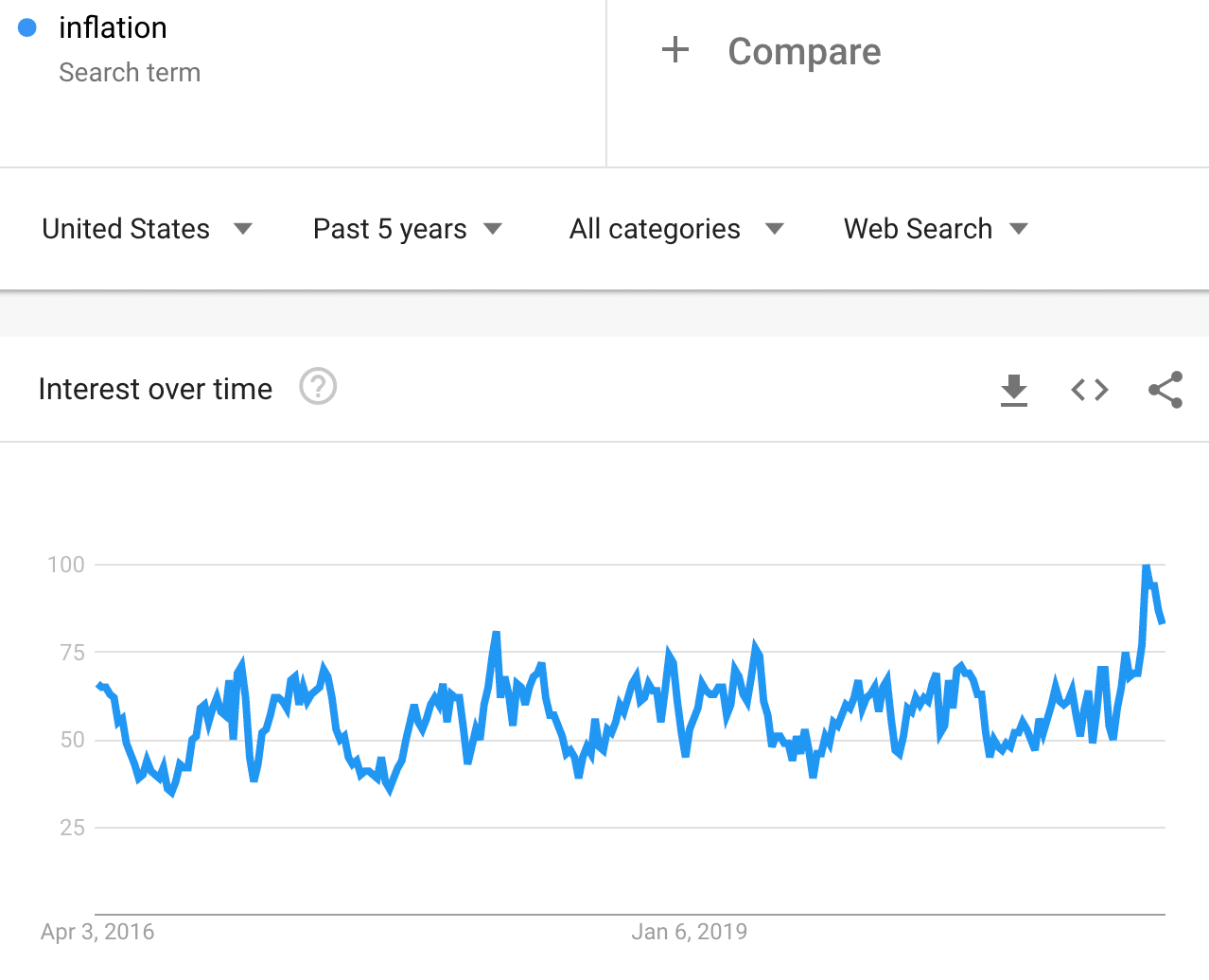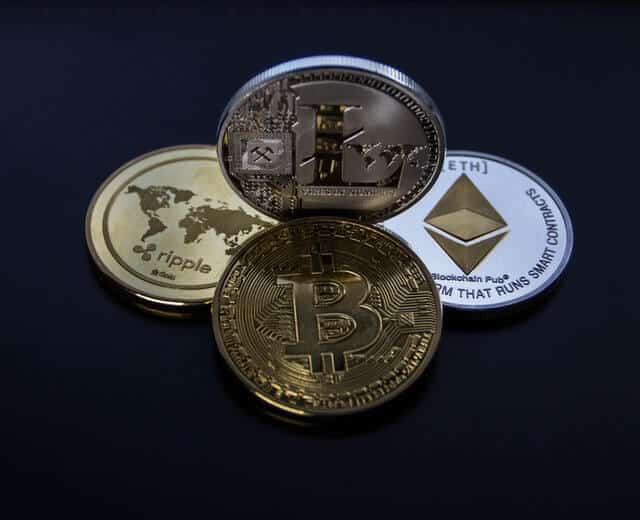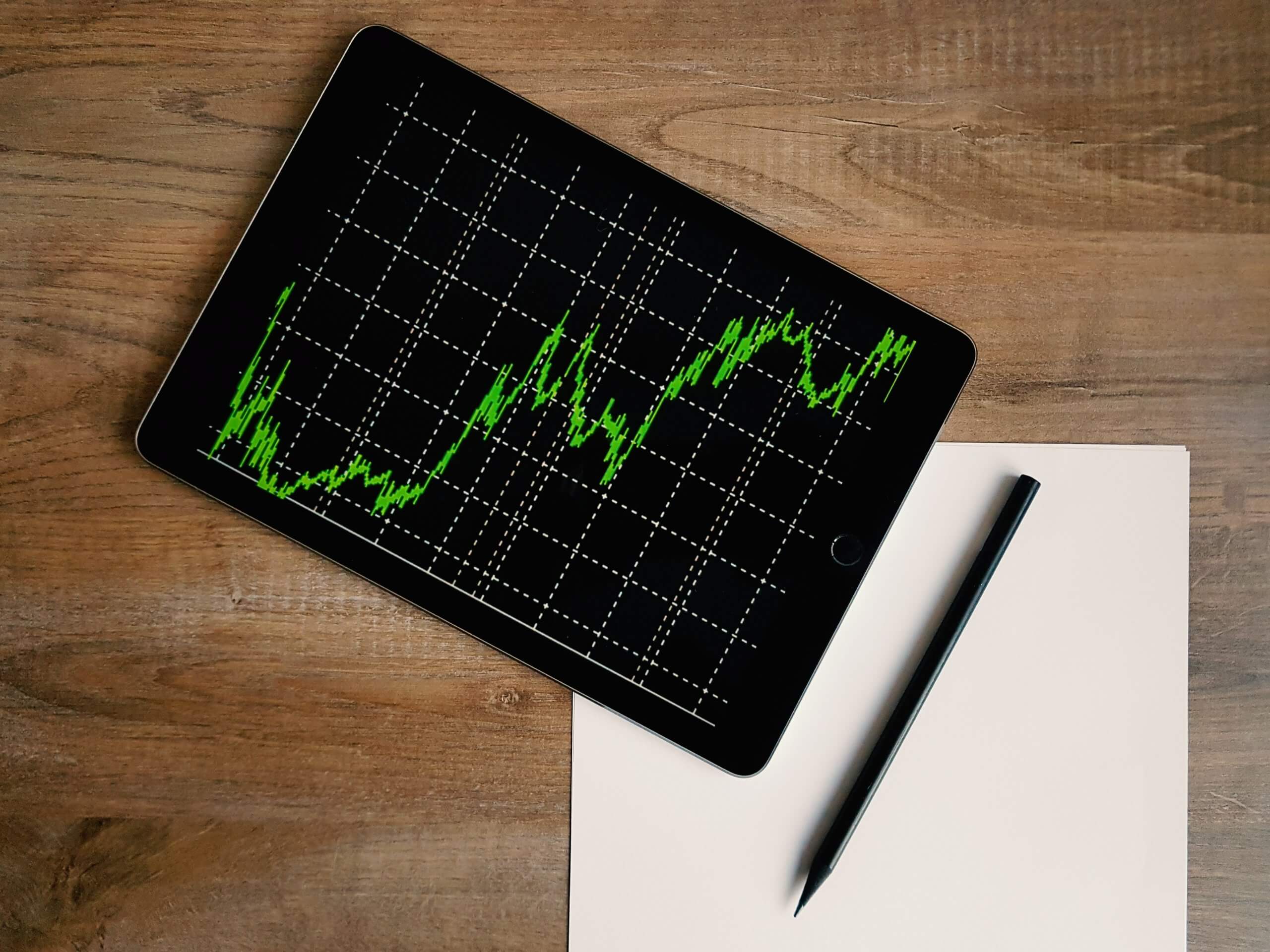As governments have printed large amounts of money to fight against the Coronavirus crisis, the term inflation and growing prices became hot topics. Families, friends and TV shows all over the world are now discussing whether inflation is good or bad and if its level could grow in the future.
This guide will focus on what is the inflation rate, growing prices and inflation definition. We will also go through some examples of inflationary currencies and how it affects the whole economy.
What is the Inflation Rate?
The inflation rate is the rate at which the purchasing power of a specific currency falls. This helps the market understand how fast a currency loses its value. Over time, we have seen how several countries lost control of inflation and moved towards hyperinflation.
When the value of a currency falls, the price expressed in monetary units grow. For example, a litre of milk costs $1 today. With annual inflation of 40%, people would need $1,4 monetary units (local currency) in order to purchase the same litre of milk.
Basically, what we are saying is that each unit of currency ($1) rather than purchasing 1 litre of milk would now be able to purchase 40% less. In extreme cases such as in Venezuela, prices change on a daily or even hourly basis.
When the prices of an economy move downwards, each monetary unit purchases more things. This is called deflation and it is the contrary process of inflation. The inflation rate of a country is measured through consumer prices (CPI).
How is Inflation Generated?
Inflation is generated due to an excess supply of money without a relative increase in the demand for that currency. This has been experienced not only in modern economies with fiat currencies but also in the past with other types of objects such as rocks.
An increase in the supply of the means used to buy goods and services would eventually push inflation higher if demand grows below the supply.
In recent months, governments all over the world have printed large amounts of money. Central banks claim this is expected to help reduce the negative impact of the COVID-19 pandemic. However, several analysts believe that this could push inflation higher in the coming years.

As you can see, Google Trends shows that there is a clear interest in inflation around the world, not only in the United States. Countries have printed large amounts of money and this is expected to negatively affect consumer prices all over the world.

Countries With High Inflation Rates
There are several countries in different regions that experienced high inflation rates over the last years. Let’s go through them.
Latin American Countries
Venezuela is perhaps the main example of what can happen if a country prints more money than what the population is able to absorb. Indeed, the inflation rates in Venezuela have been very high.
Over the last three years, Venezuela lived in constant hyperinflation with rates that surpassed 1,000% per year. The Venezuelan bolivar has literally disappeared. People prefer to use foreign currencies or digital assets.
In Argentina, instead, inflation rates have been above 20%, and at some point close to 60%, in the last 15 years. The purchasing power of the ARS has been constantly falling. Nowadays, Argentina and Venezuela became the poorest countries in Latin America with salaries below $200 per month.
African Countries
Zimbabwe is a clear example of an African country that helped its population became millionaire. The country has even printed a banknote of one hundred trillion dollars (Zimbabwean dollars) that was worth $70 dollars.
Nowadays, the economy is still experiencing the negative effects of inflation experienced since 1980 and until 2009.
European Countries
During the Weimar Republic between 1921 and 1923, the value of the Mark completely plummeted. A loaf of bread in Berlin could cost 200,000,000,00 marks in 1923 when it costed 160 marks in 1922. In just a few years, the economy was destroyed due to excessive money printing.
However, inflation remains a problem nowadays in some countries in the European Union. For example, Poland has now the highest inflation in the continent at around 4% per year in some sectors.
If that inflation would constantly persist during the next ten years, savers and households that hold Polish zloty (PLN) would lose 48% of their value. Families prefer to purchase gold and some younger generations are moving towards the EUR or USD in order to avoid losing purchasing power.




























